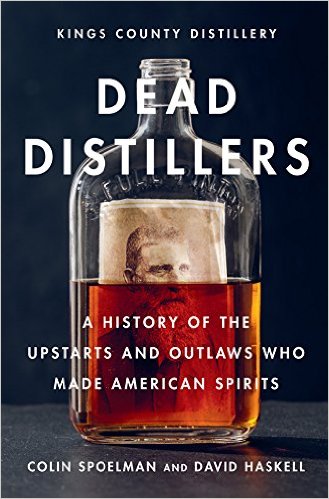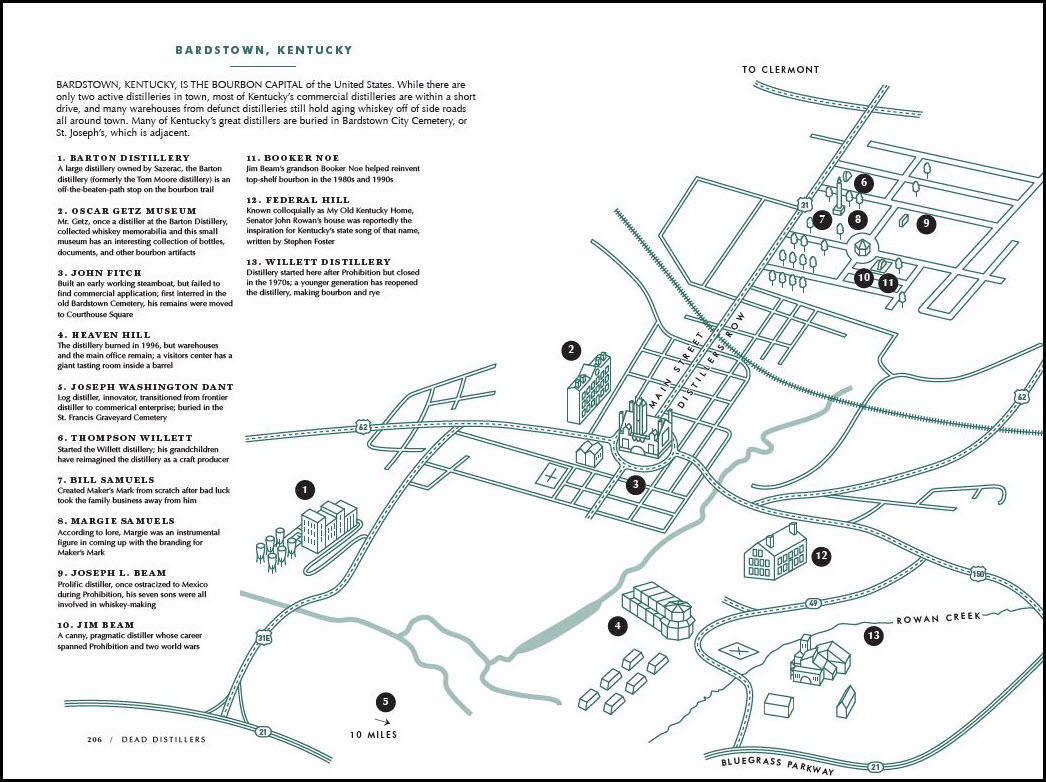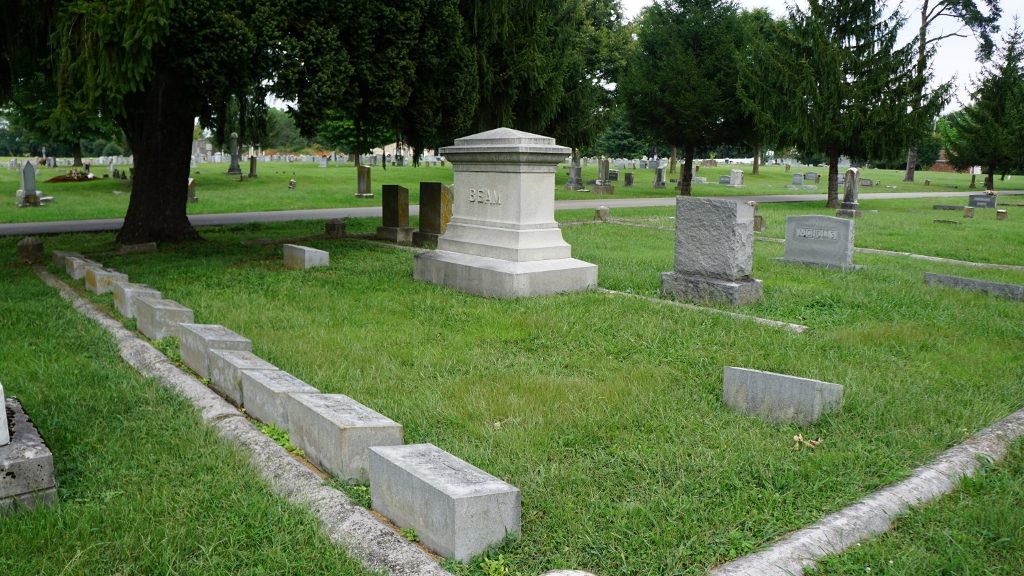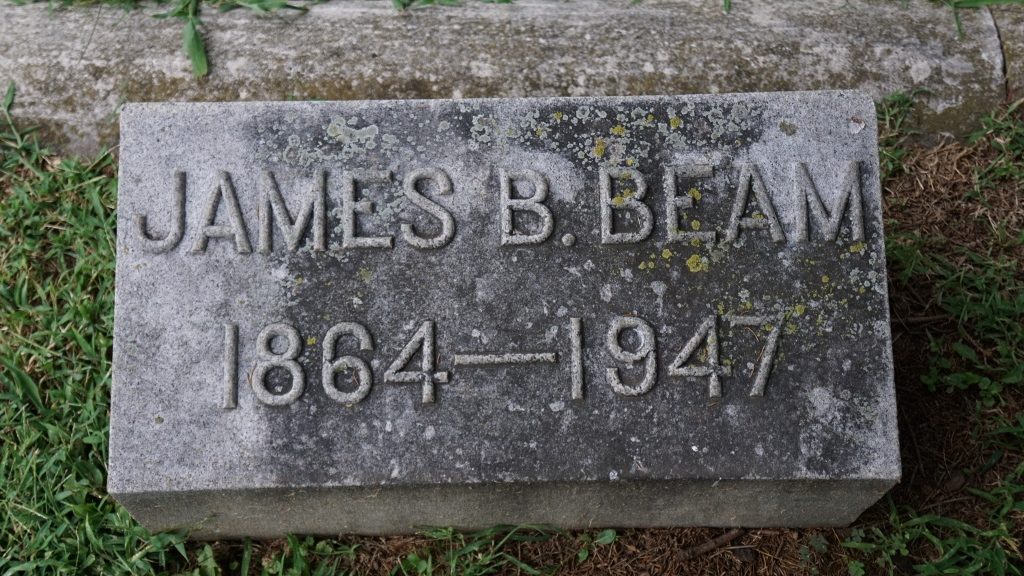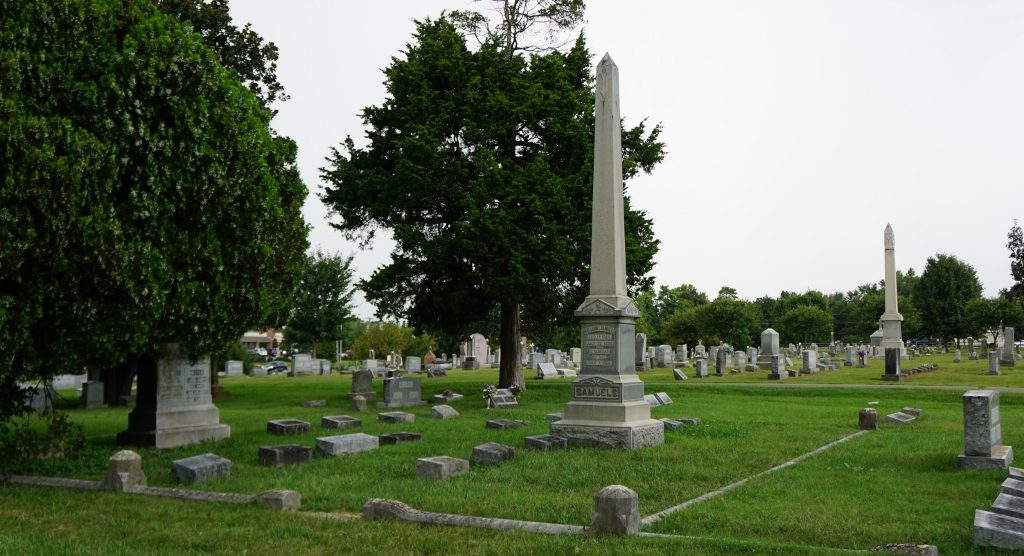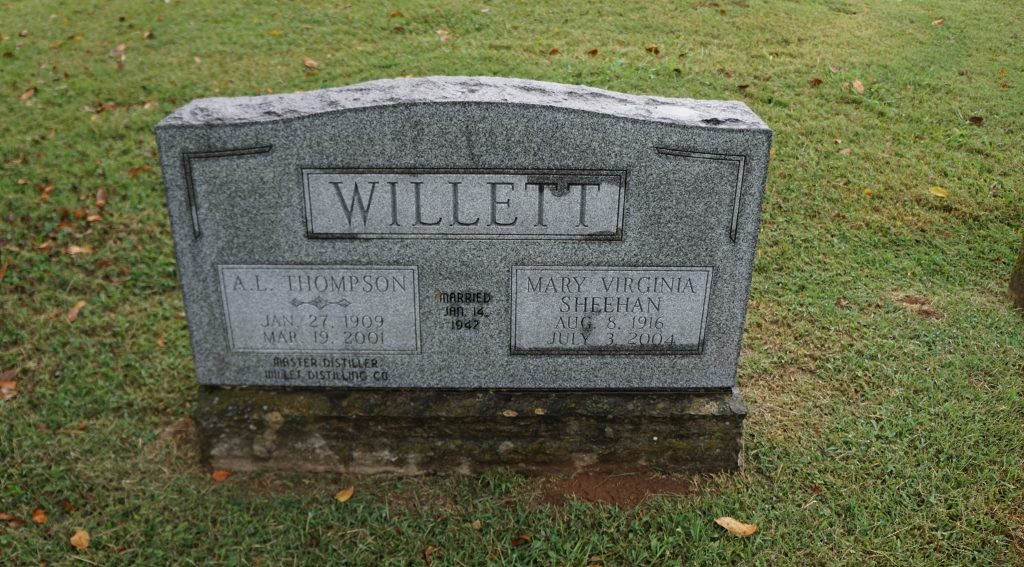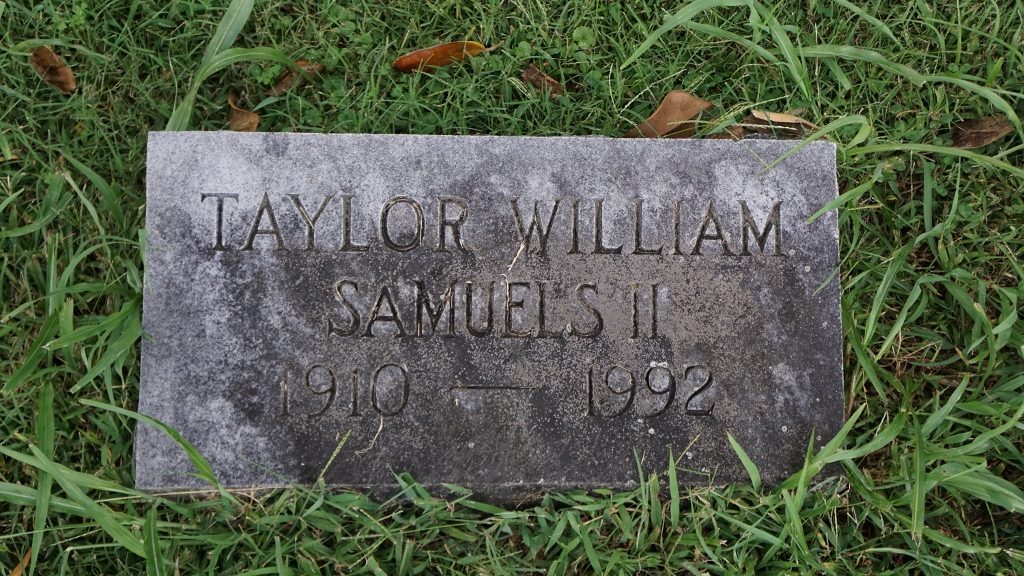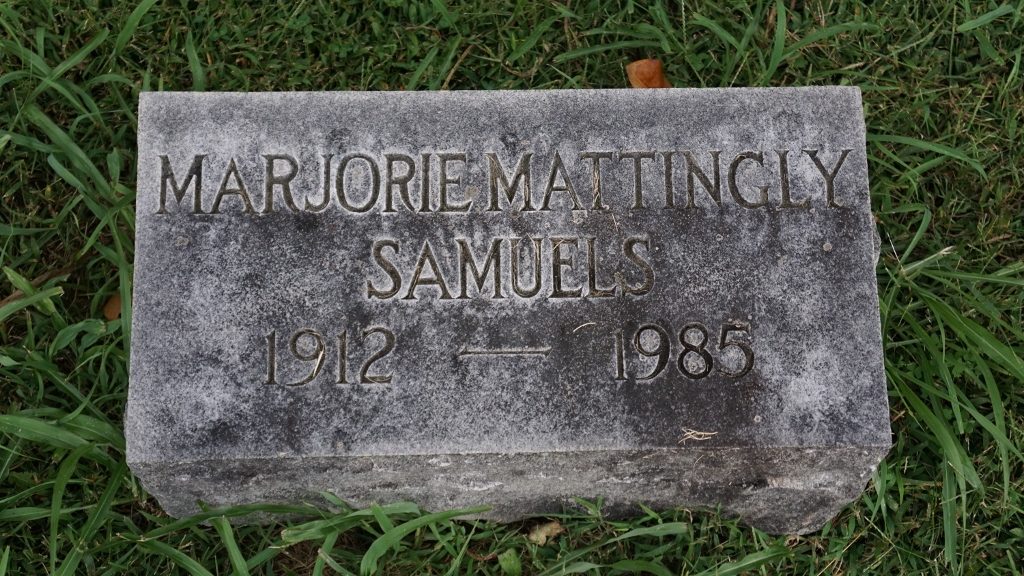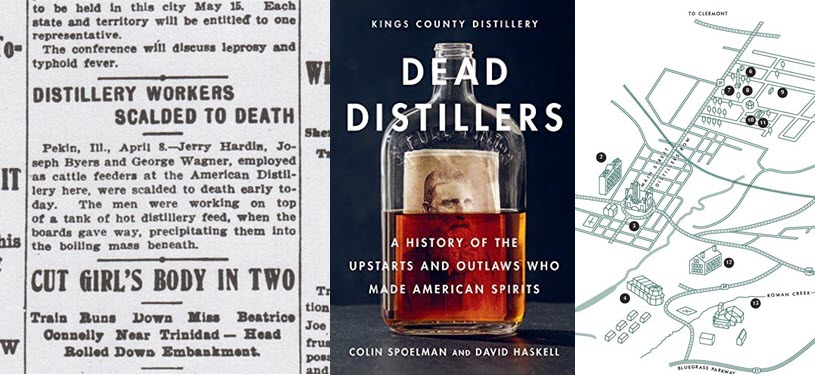
There are more dead distillers than there are living ones. Yet when it comes to Master Distillers there are more living one’s than dead ones. You see, the title Master Distiller is more of a modern day marketing miracle than a historical job description from the 1,800s. Enough about the living, let’s get back to the dead.
If you like distilling and you like history then you will like the combing of the two in the latest book about dead distillers. And, if wandering through a cemetery searching for the graves of dead distillers is your kind of fun then you are in luck. Dead Distillers: A History of the Upstarts and Outlaws Who Made American Spirits is the second book released by Colin Spoelman and David Haskell, Co-Founders of Kings County Distillery in Brooklyn, New York.The book takes you on a journey of 50 folks that one way or another left an impression on the world of distilled and craft spirits. You will travel on a journey from the earliest days of America and the Jamestown colony in 1620 to modern day. There are short biographies of people that have had an impact on the distilled spirits industry from politicians, lawyers, people you’ve probably never heard of and of course outlaws. You’ll also find several maps of cemetery’s that you can use to fulfill your morbid wanderings throughout the country (one of which is below.)
Stay Informed: Sign up here for the Distillery Trail free email newsletter and be the first to get all the latest news, trends, job listings and events in your inbox.
Here are a few excerpts from this delightfully morbid book.
From Honest Businesspeople to Merchants of Depravity
“Americans have been distilling for almost four hundred years, starting with Dutch businessmen Cornelis Melyn and Willem Kieft, who built the first commercial distillery on Staten Island as an adjunct to a plantation. Jim Beam and Jack Daniel’s were distillers, of course, but so were presidents George Washington and Andrew Jackson. Industrialists Andrew Mellon and Henry Clay Frick were distillers, but so was Birdie Brown, who lived under the Judith Mountains in Montana and, in 1933, blew herself up while making moonshine as she was dry cleaning. Because alcohol has such a contentious place in North American history, our distillers are heroes or villains, existing uneasily in that space between honest businesspeople and merchants of depravity.”
Blown to Pieces – New York Times, September 11, 1884
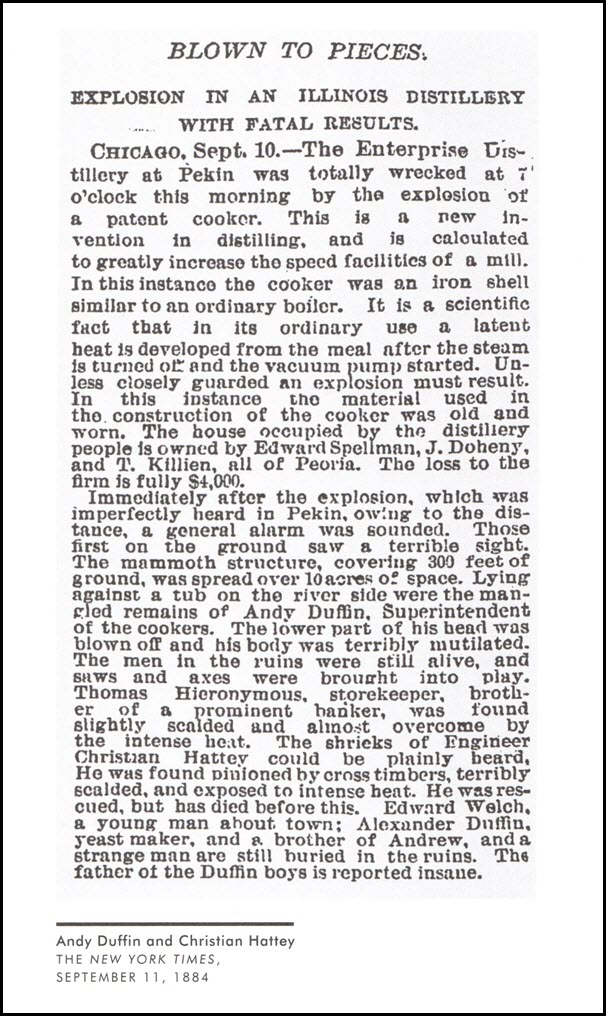 One Distillers Biography
One Distillers Biography

Philip Livingston
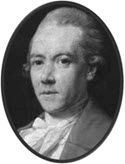
1716 – 1778
Prospect Hill Cemetery, York, Pennsylvania
Born in Albany, Philip Livingston ran a distillery in what is today Brooklyn Heights. Livingston was a Yale graduate and a Manhattan based lawyer, merchant, and slave trader whose family controlled nearly 250 square miles of land before the Revolutionary War. He built a country house in Brooklyn around 1765 on a hill overlooking New York Harbor. His distillery was sited at the foot of the hill, on the waterfront and it is speculated to have made gin or genever (a Dutch-style predecessor to gin that is slight more flavorful). Ships from the West Indies docked here, and sugar was also refined on-site, suggesting instead that the distillery might have made rum, which would have been more consistent with the products of other distilleries of the era.
By 1755, a map of Manhattan depicts seven distilleries operating, but it seems that Livingston took advantage of Brooklyn’s remove to create a larger operation, and this made him very wealthy. It also made him a target during the Revolutionary War.
After the fall of Brooklyn and New York in 1776, the British Army took command of Livingston’s property. They used the distillery facilities to make beer flavored with juniper berries (a sort of gin-beer hybrid), and converted Livingston’s large mansion into a wartime hospital. Those who did not survive were buried on the property, and Brooklyn Heights residents found bones in their gardens through the early 1,800s.
Phillip signed the Declaration of Independence in 1776 but died shortly thereafter at a convening of the Continental Congress in York Pennsylvania, as a result of “dropsy of the chest.” He was survived by his cousin Robert, who negotiated the Louisiana Purchase for Thomas Jefferson, and his brother, William, who would sign the U.S. Constitution and serve as governor of New Jersey.
A Tour Map of Dead Distillers in Bardstown, Kentucky
Bardstown, Kentucky, the “Bourbon Capital of the World” is the eternal resting ground for many famous distillers. The list includes Bill and Margie Samuels, Booker Noe, Thomson Willett and others. You can click on the map to enlarge it.
Distillery Workers Scalded to Death – Topeka Daily Capital, 1905
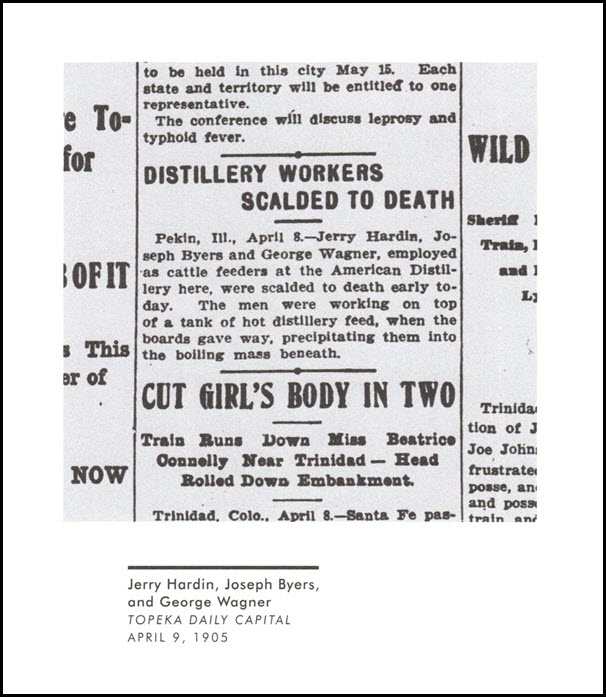
These are just a few examples from an enlightening book about the history of distilling in the U.S. To get the rest of the story, Dead Distillers: A History of the Upstarts and Outlaws Who Made American Spirits can be picked up at most major bookstores, at the distillery or online here.
Kings County Distillery, named Distillery of the Year in 2016 from the American Distilling Institute, is New York City’s oldest operating whiskey distillery, the first since prohibition. Founded in 2010, Kings County makes handmade moonshine, bourbon, and other whiskeys out of the 117-year-old Paymaster Building in the Brooklyn Navy Yard.
Graves from the Bardstown, Kentucky Cemetery
I found these gravestones using the map above. To be clear, these images are not a part of the book. Click on any image to enlarge.
Please help to support Distillery Trail. Sign up for our Newsletter, like us on Facebook and follow us on Twitter.


